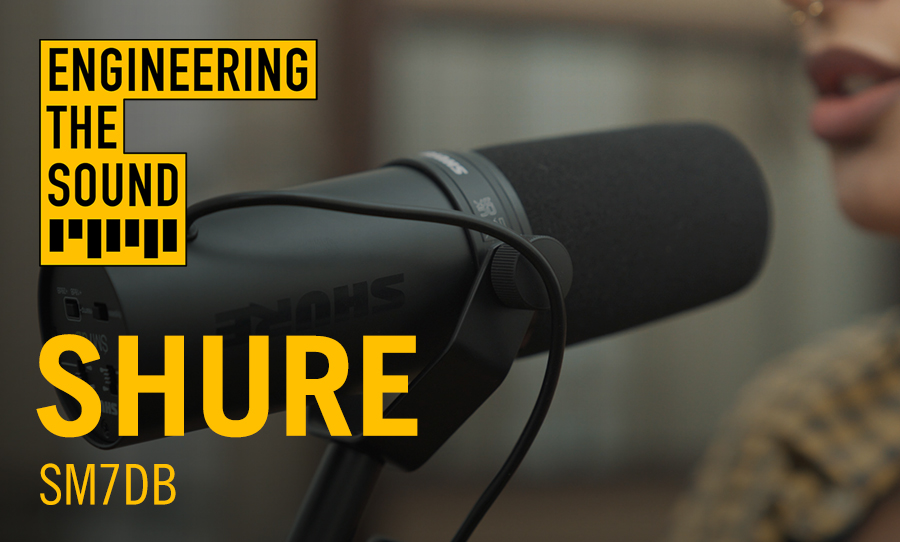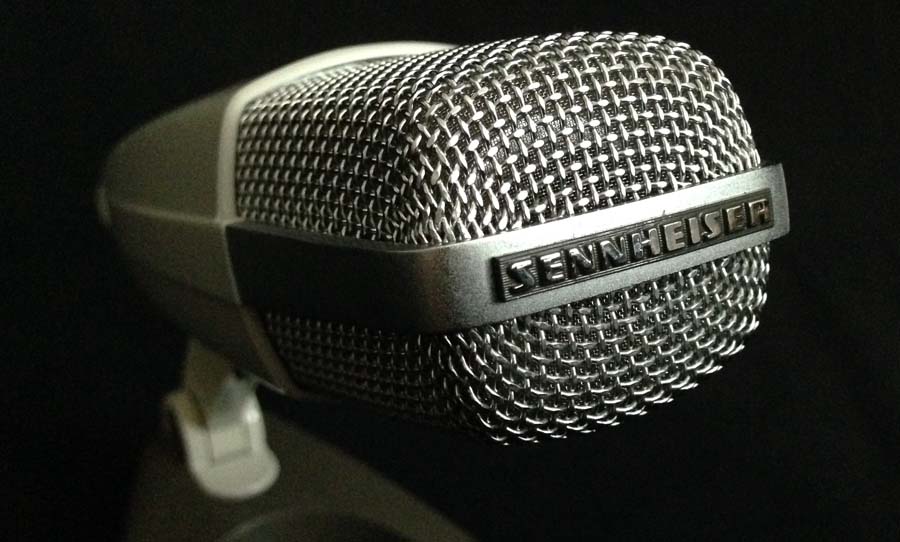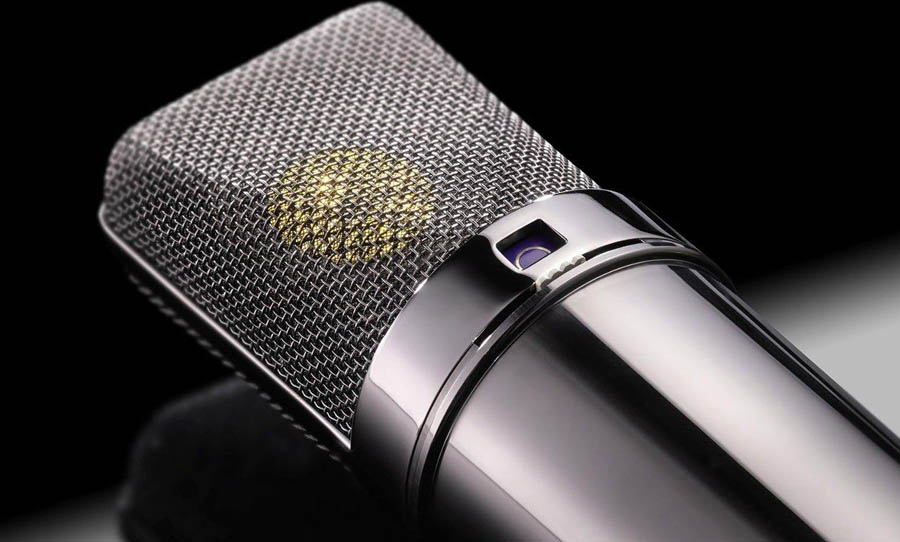The RE20 is a brilliant mic – affordable and extremely versatile, it might just be the answer to all your prayers in the studio.
The RE20, along with many other microphones, is good at lots of things. Indeed, a huge part of any microphone’s value is the versatility of its application. Ribbon mics are known to excel on strings and have the forgiving qualities that can be very helpful when recording brass. The drawback with ribbons is the fragility inherent in their design.
SPL spikes can break the aluminium ribbon and then you’ve got an expensive repair job on your hands. Large-diaphragm condensers are often the go-to for capturing a smooth and intimate vocal and many other sound sources. Condensers tend to be at the top of the tree in terms of expense though, so unless you have an exceptionally well-resourced studio, you probably wouldn’t have a fistful of these type of mics at your disposal.
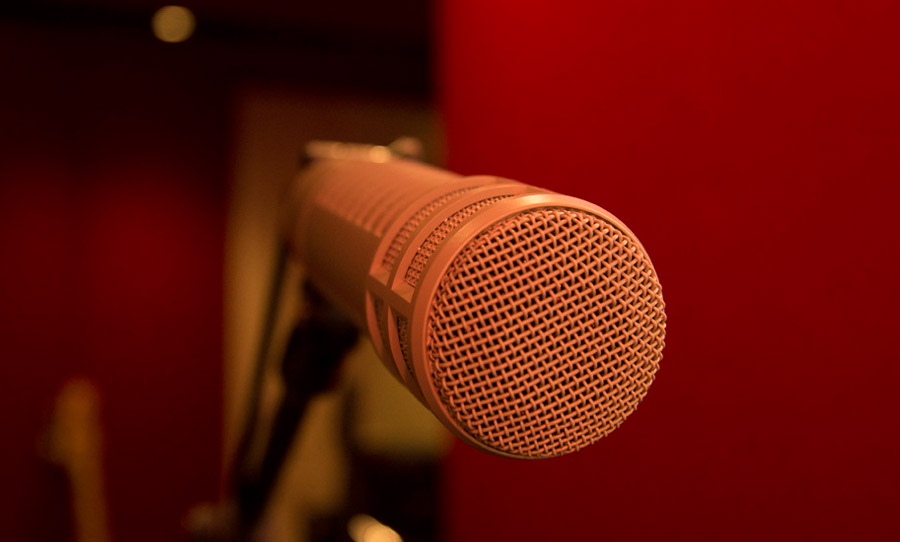
Few microphones of any category could match the all-round adaptability of the Electro-Voice RE20. Which other microphone could you think of that would be equally at home on vocals, acoustic guitars or even kick drums? The RE20 is at the upper-end of the price scale in the dynamic realm, but punches so far above its weight in utility, that it could replace many other mics.
The RE20’s frequency response is exceptionally flat (unless you have the bass rolloff switch on), with a little bump between 5kHz and 10kHz for that definition which makes it a favourite broadcast microphone the world over.
Why is it so good on kick drums though? In cardioid microphones, the proximity effect (an increase in bass frequency response) occurs when the sound source is close to the microphone. In order to mitigate the effect of proximity, Electro-Voice patented a design called Variable-D, resulting in a more controlled low-frequency response.
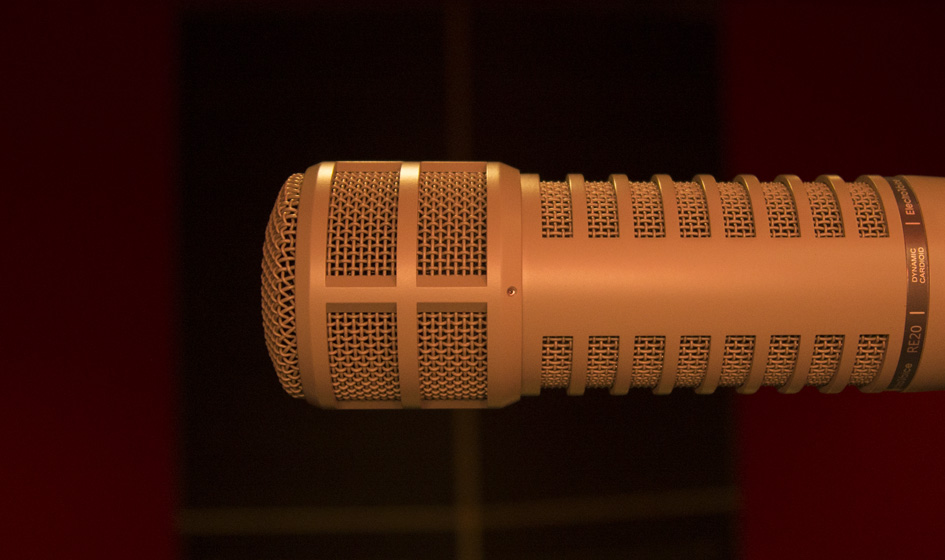
If you’ve seen the RE20 up close, you’ll notice that there are grills along the body of the device. These grills cover ports that are at varying distances from the diaphragm – the higher frequencies entering the ports closest to the diaphragm, the lower frequencies further away. Hence, the microphone can be positioned close to bass-heavy sound sources without overloading the bottom-end. Clever, huh?
All that good stuff aside, the RE20 is not exactly perfect. One particular challenge is the size of the thing (about 22 centimetres long). Sure, you can mic up the kick with them, but good luck getting it inside (they sound better on the outside anyway)! They are heavy, so they can be a little awkward when miking in low positions, particular with the boom arm pointing downwards. There are workarounds of course, but it is something worth considering.
Overall, though, this microphone is a joy to use. Sure, it’s big and weighty, but on first sight, you just know that it’s going to do the business. Then, once you hear it, it becomes obvious why it’s been a favourite of multiple generations of studio professionals.
